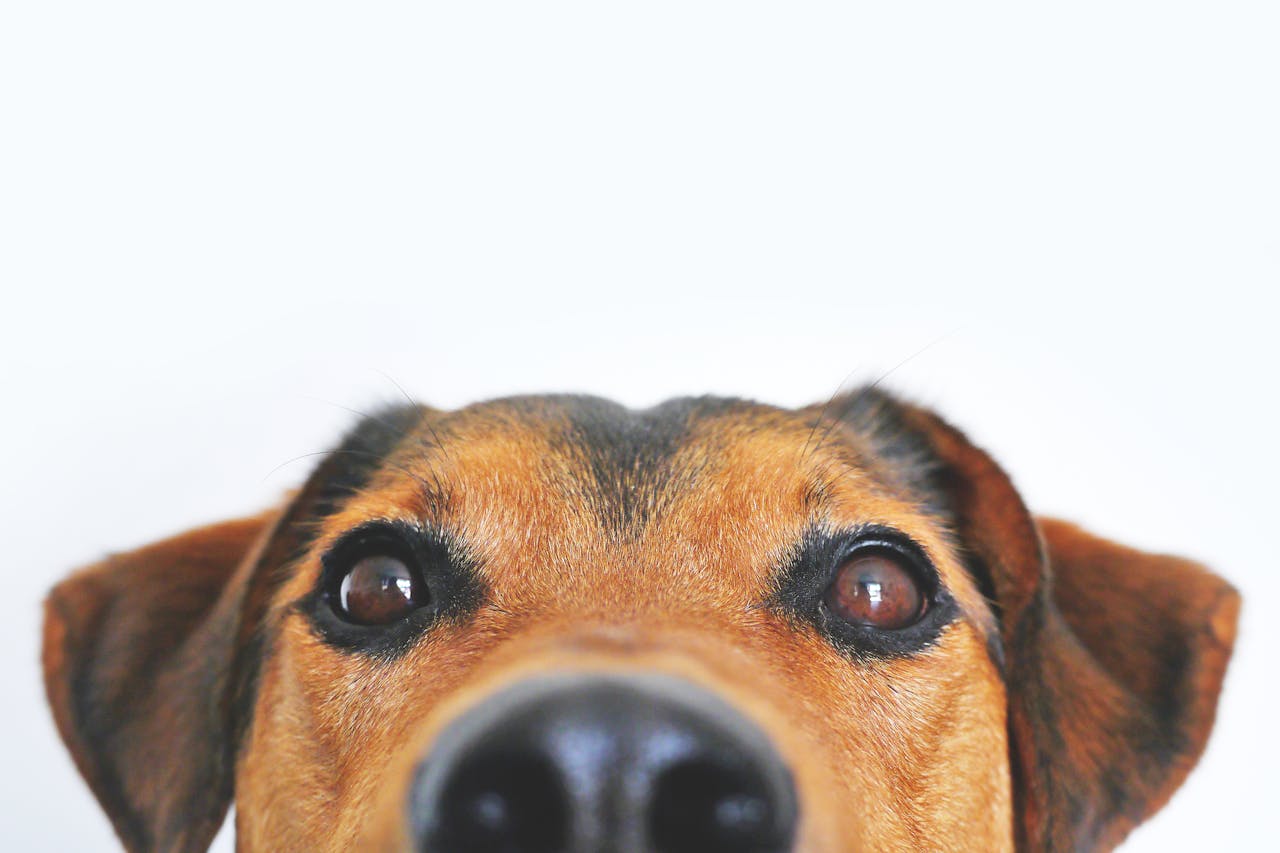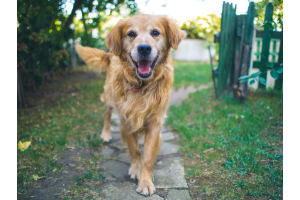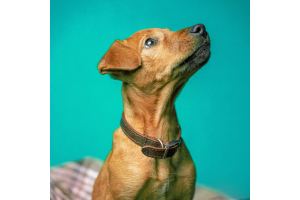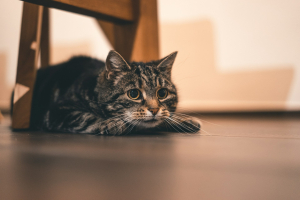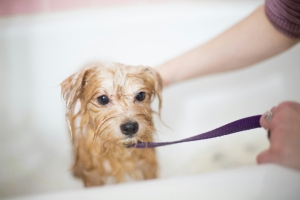Seasonal Transitions: How to Keep Your Small Animals Happy and Healthy

As the seasons change, so do the needs of our small animals. Whether you have rabbits, guinea pigs, hamsters, ferrets, or rats, each shift in temperature and daylight hours presents unique challenges for their health and well-being. From keeping warm in winter to staying cool in summer, understanding how to adjust their environment, diet, and care routine ensures they remain happy and healthy all year round.
We understand the importance of seasonal pet care. This guide will cover how to prepare your animals for each season, offering practical advice on diet, housing, exercise, and healthcare.
Spring: A Time for Renewal and Vigilance
Spring is a season of renewal however, it also brings increased risks for small animals, particularly those that live outdoors. As temperatures rise and days grow longer, here’s how to ensure your pets stay safe and healthy.
1. Protect Against Parasites
Warmer temperatures increase fleas, ticks, and mites, which can cause irritation and disease.
- Regular grooming and parasite control: Check your pet’s fur and skin for any signs of pests.
- Use small animal-safe flea treatments: Choose products specifically designed for rabbits, guinea pigs, or other small pets.
- Keep bedding clean: Wash and replace bedding regularly to reduce the risk of infestation.
2. Gradual Outdoor Reintroduction
If your small animals live indoors during winter, avoid putting them outside too soon. Sudden exposure to colder nights can be dangerous.
- Gradual exposure: Start with short periods outside, increasing time as temperatures stabilise.
- Ensure adequate shelter: Outdoor enclosures should have insulated areas to protect against cold snaps.
- Check for predators: Spring sees more fox activity – ensure hutches and runs are secure.
3. Seasonal Diet Adjustments
As natural foraging increases, ensure your pet’s diet transitions smoothly to include fresh greens while maintaining balanced nutrition.
- Introduce fresh foods slowly: Sudden dietary changes can cause digestive upset.
- Avoid toxic plants: Spring brings new plant growth—not all are safe for small animals.
- Ensure constant water supply: Warmer weather means hydration is crucial.
Summer: Keeping Small Animals Cool and Comfortable
Summer heat can be dangerous for small pets, particularly those with thicker coats like rabbits and guinea pigs. Overheating and dehydration are major risks, however, with proper care, your small animals can stay cool and comfortable.
1. Preventing Heatstroke
Heatstroke is a serious risk, especially for rabbits and guinea pigs. Signs include panting, lethargy, drooling, and convulsions.
- Provide shade: Never place cages in direct sunlight.
- Cool surfaces: Place ceramic tiles or frozen water bottles wrapped in towels in their enclosure.
- Regular misting: Lightly misting your pet’s ears helps regulate their temperature.
2. Hydration is Key
Water intake increases in hot weather. Ensure your pets have:
- Fresh, cool water is available at all times.
- Water bottles and bowls (some pets prefer one over the other).
- Hydrating foods like cucumber, celery, and leafy greens (in moderation).
3. Flystrike Prevention in Rabbits
Flystrike is a deadly summer condition where flies lay eggs in soiled fur, and the larvae burrow into the skin.
- Check daily for dirt and faecal build-up around the tail.
- Use flystrike prevention sprays and maintain a clean hutch.
- Ensure a high-fibre diet to prevent digestive issues that cause dirty fur.
Autumn: Preparing for the Cold Months
Autumn is the transition period into winter, making it a crucial time. Cooler nights and shorter days affect small animals’ behaviour and needs.
1. Adjusting Housing for Cold Nights
- Insulate outdoor hutches with weatherproof covers or blankets.
- Raise hutches off the ground to prevent cold damp seeping in.
- Move small animals indoors if temperatures drop too low.

2. Seasonal Diet Adjustments
- Increase fibre intake: A diet rich in hay and fibrous vegetables supports digestion and warmth.
- Reduce watery vegetables: Foods like cucumber can lower body temperature.
- Add extra bedding: Provide deep straw or hay for warmth and burrowing.
3. Encourage Natural Light Exposure
Shorter days affect mood and activity levels, especially in hamsters and other rodents.
- Place enclosures near natural light (without direct sunlight exposure).
- Increase playtime to keep small animals mentally stimulated.
- Ensure proper ventilation in indoor setups.
Winter: Keeping Small Animals Warm and Healthy
Cold weather can weaken immune systems, making small animals more vulnerable to illness. Here’s how to keep them healthy and warm during winter.
1. Keeping Enclosures Warm
- Move outdoor pets indoors when temperatures drop below 5°C.
- Use heat pads or extra bedding to insulate enclosures.
- Avoid draughts: Keep cages away from cold windows and doors.
2. Winter Diet Adjustments
- Provide extra calories to maintain body warmth.
- Continue feeding hay as the main diet component.
- Ensure fresh water doesn’t freeze overnight.

3. Preventing Seasonal Illnesses
- Respiratory infections are more common in cold, damp conditions. Keep enclosures clean and dry.
- Monitor weight loss: Some small animals naturally lose weight in winter, but excessive loss needs veterinary attention.
- Check for signs of illness: Lethargy, sneezing, or fur changes can indicate health problems.
Year-Round Small Animal Health Essentials
- Regular Vet Check-Ups – Ensure early detection of health issues.
- Maintain Consistent Routine – Sudden changes in diet or habitat can cause stress.
- Provide Mental Stimulation – Toys, tunnels, and interaction keep pets engaged.
By adapting your pet’s care routine to each season, you can ensure their health and happiness all year round.
Frequently Asked Questions (FAQs)
1. How can I prevent my rabbit from overheating in summer?
Ensure shade, cool surfaces, and fresh water. Frozen water bottles wrapped in towels also help.
2. What is flystrike, and how can I prevent it?
Flystrike occurs when flies lay eggs in soiled fur. Prevent it by keeping your rabbit clean, using flystrike spray, and checking daily.
3. Should I bring my guinea pigs indoors in winter?
Yes, guinea pigs struggle in cold weather. If outdoor temperatures drop below 5°C, bring them inside or provide adequate insulation.
4. Can hamsters hibernate in winter?
Yes, but it’s rare in domestic hamsters. If your hamster becomes inactive, check that their environment is warm enough.
5. What is the best bedding for small animals in colder months?
Soft hay, straw, or fleece liners provide insulation and comfort during winter.
By adapting your small animal care routine to seasonal changes, you can ensure their health, comfort, and happiness all year round.


